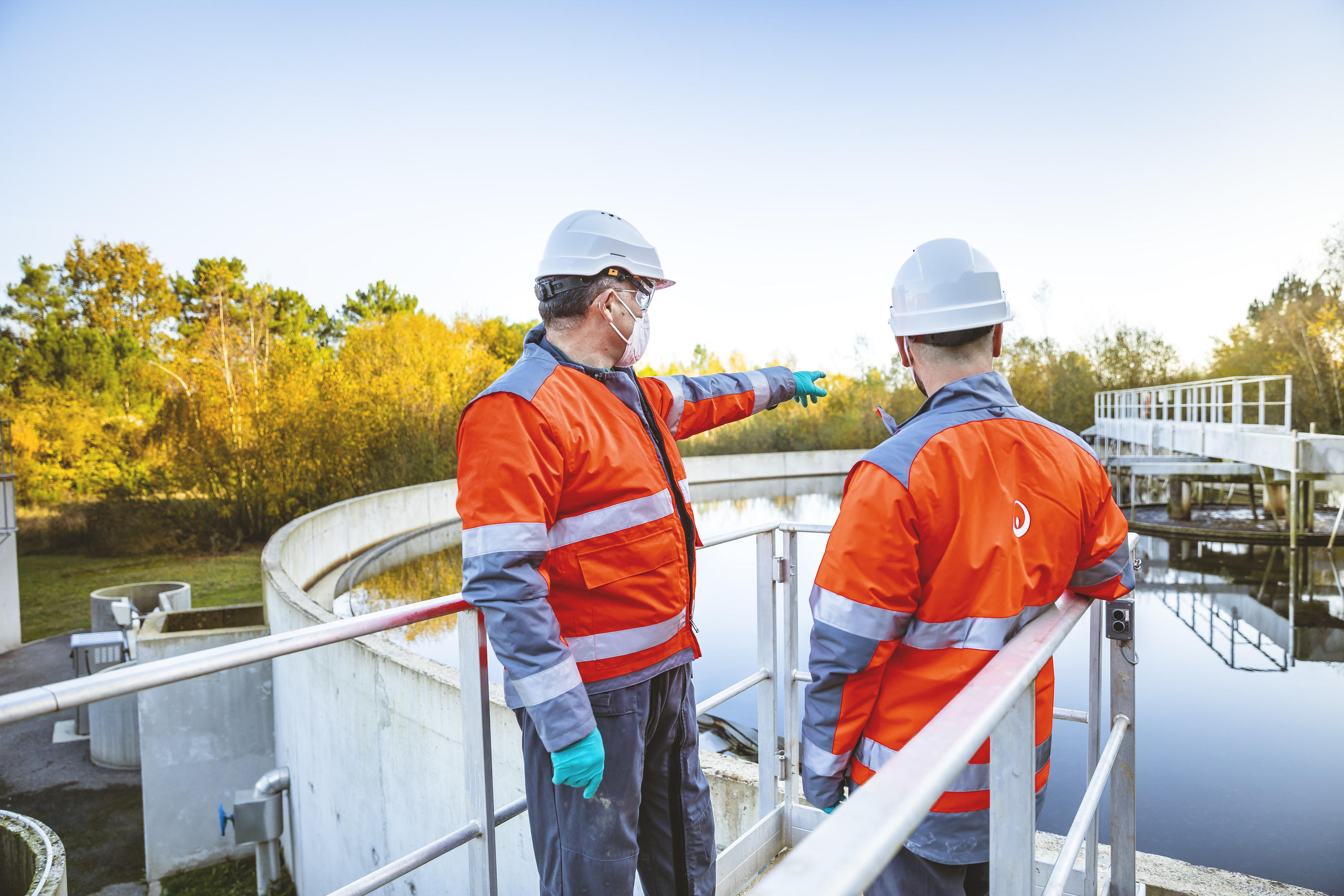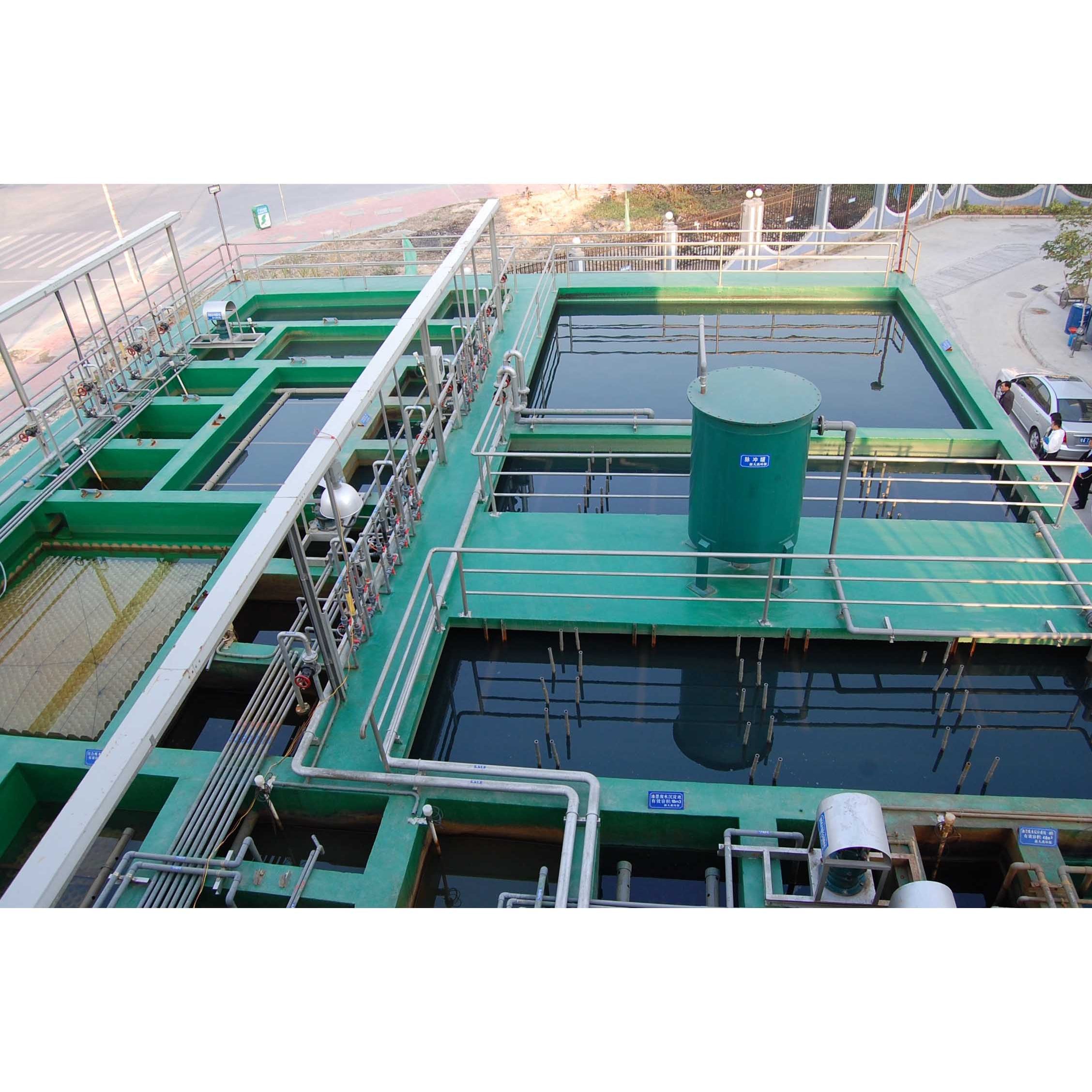Industrial Waste Water Treatment-- Shield the Setting with Specialist Water Treatment Providers
Industrial Waste Water Treatment-- Shield the Setting with Specialist Water Treatment Providers
Blog Article
Secret Methods in Hazardous Waste Water Therapy Processes
The treatment of industrial wastewater is an essential aspect of ecological administration, including a variety of techniques designed to alleviate the impact of pollutants. Innovations in technologies such as membrane purification and advanced oxidation processes provide cutting-edge options for boosting treatment effectiveness.
Physical Therapy Methods
Just how successfully can physical treatment techniques deal with the intricacies of industrial wastewater? Physical therapy approaches play a crucial duty in the preliminary phases of wastewater monitoring, concentrating mainly on the removal of solids and large particulates. Strategies such as sedimentation, purification, and flotation are essential for decreasing the concentration of put on hold solids, therefore enhancing the efficiency of succeeding therapy procedures.
Sedimentation includes the gravitational settling of solids, permitting the separation of larger products from the wastewater. This technique is particularly efficient in clarifying water prior to chemical or organic therapies. Filtering, on the various other hand, makes use of various media to capture particulate matter, making certain that smaller sized impurities are removed. This method can be customized to fit different kinds of industrial effluents, generating clearer effluent streams.
Furthermore, flotation protection techniques, which use air bubbles to raise suspended solids to the surface for removal, work in dealing with wastewater with high focus of fats, oils, and oils. On the whole, physical therapy techniques function as an important primary step in the thorough administration of commercial wastewater, making sure that the lots on subsequent treatment stages is decreased and boosting overall therapy effectiveness.
Chemical Treatment Techniques
While physical therapy methods prepared for reliable wastewater administration, chemical therapy strategies are vital for dealing with the more complicated contaminants often located in commercial effluents. These approaches utilize numerous chemical representatives to precipitate, neutralize, or oxidize damaging materials, making certain an extra comprehensive removal of toxins.
One usual approach is coagulation and flocculation, where chemical coagulants such as light weight aluminum sulfate or ferric chloride are contributed to promote the aggregation of put on hold particles. This process boosts solid-liquid separation, minimizing turbidity and boosting water high quality. In addition, neutralization procedures are utilized to readjust the pH of wastewater, utilizing bases or acids to reduce the effects of acidic or alkaline streams, specifically.
Oxidation-reduction responses play a vital role in degrading organic impurities and microorganisms. Chemical oxidants like chlorine, ozone, or hydrogen peroxide are made use of to break down complex natural substances, making them less hazardous or more biodegradable. Progressed oxidation procedures (AOPs) integrate several oxidation strategies to improve pollutant elimination effectiveness.
Biological Treatment Procedures
The effectiveness of wastewater therapy is considerably boosted by biological treatment procedures, which harness the all-natural metabolic tasks of microbes to decay natural issue and get rid of toxins. Industrial Waste Water Treatment. These procedures primarily entail cardiovascular and anaerobic food digestion, each tailored for specific kinds of wastewater
Cardio treatment procedures make use of oxygen to sustain microbial development, promoting the malfunction of natural pollutants right into carbon dioxide and water. Usual techniques consist of activated sludge systems, where aeration storage tanks assist in the mixing of wastewater with microbes, and dripping filters, which motivate biofilm advancement on media surface areas.
Conversely, anaerobic treatment processes happen in the lack of oxygen, using anaerobic germs to break down raw material, resulting in biogas manufacturing, a renewable energy resource. Anaerobic digesters are frequently employed in commercial setups for this function, successfully lowering the quantity of sludge while creating valuable biogas.
The option of a biological therapy method relies on wastewater features, therapy goals, and regulative criteria. The combination of biological procedures in wastewater therapy not just boosts pollutant elimination performance however also promotes sustainability by reducing chemical use and sustaining resource healing.
Advanced Oxidation Processes

Common AOP strategies include Fenton's reagent, ozonation, and photocatalysis. Fenton's reagent, a mix of hydrogen peroxide and ferrous iron, militarizes the formation of hydroxyl radicals, making it reliable for treating wastewater having phenolic compounds and other stubborn substances.
AOPs provide numerous benefits, including decreased sludge production and the capacity to deal with wastewater with high concentrations of organic toxins. The execution of AOPs requires careful consideration of functional specifications and cost-effectiveness, making certain that these advanced strategies are properly integrated right into existing wastewater treatment systems.
Membrane Layer Purification Technologies

Microfiltration works for removing put on hold solids and germs, while ultrafiltration targets smaller organic particles and viruses. Nanofiltration connects the void between ultrafiltration and turn around osmosis, properly removing divalent ions and organic compounds. Reverse osmosis provides the highest degree of purification, utilized primarily for desalination and getting rid of mono-valent ions.
Membrane layer innovations offer various benefits, consisting of low energy usage contrasted to traditional treatment techniques, modular layout for scalability, and the capacity for water recuperation and reuse. Challenges such as membrane layer fouling and the demand for normal maintenance need to be addressed to make sure system effectiveness. Generally, membrane filtering technologies stand for an essential element of contemporary commercial wastewater treatment techniques, advertising sustainability and source preservation in water administration.
Conclusion
To conclude, commercial wastewater therapy utilizes a varied selection of methods, including physical, chemical, organic, and advanced techniques. Each method plays an essential duty in effectively attending to different pollutants, boosting water top quality, and advertising source sustainability. The assimilation of these techniques fosters a thorough treatment strategy, guaranteeing that industrial effluents satisfy regulatory standards while minimizing ecological effect. Continued developments in these techniques will certainly further enhance the effectiveness and effectiveness of wastewater treatment procedures in industrial setups.
The therapy of commercial wastewater is a critical element of environmental management, entailing a range of techniques designed to alleviate the influence of pollutants.Exactly how properly can physical treatment approaches deal with the intricacies of commercial wastewater?Advanced oxidation processes (AOPs) represent a cutting-edge technique in commercial wastewater treatment, designed to efficiently break down organic toxins that are commonly resistant to standard treatment methods (Industrial Waste Water Treatment).In final thought, commercial wastewater treatment uses a diverse array of strategies, including physical, chemical, organic, and advanced techniques. Continued advancements in these methodologies will certainly further boost the effectiveness and efficiency of wastewater therapy processes in commercial settings
Report this page